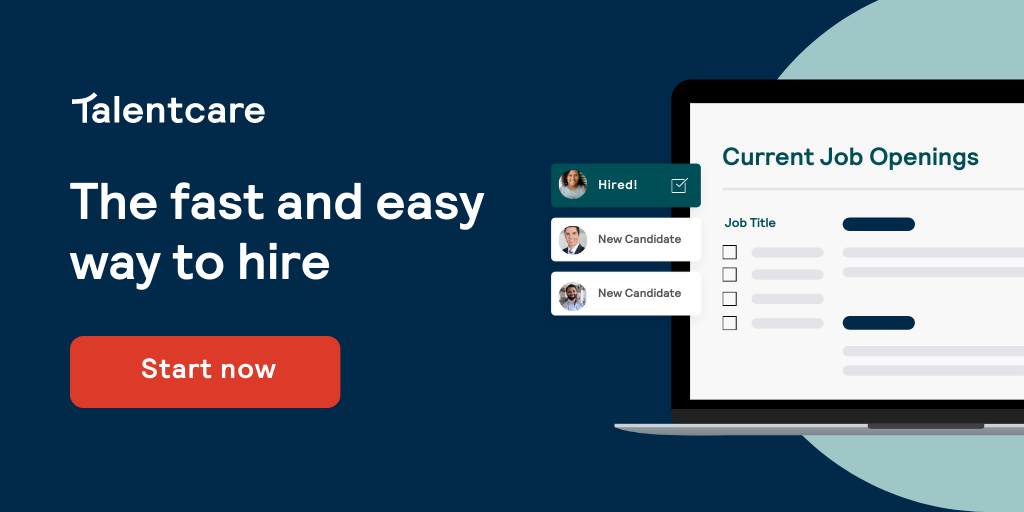As recruiters and HR leaders, we always have an eye out for new and better ways to reach and recruit the best talent for our companies. We read articles on trends in recruiting, benchmark studies, and the latest innovations in hiring. However, we quickly realize every company is different, with different cultures, hiring criteria, skills requirements, and so on. We’d all love to have the resources of a large global enterprise like Apple or Nike, but there are many ways to be innovative in recruiting, come in under budget and do it efficiently.
If you’re casting a broad net, especially for high-volume or seasonal hiring, consider this stat from Glassdoor: On average, each corporate job opening attracts 250 resumes. That means 250 cover letters to weed through, and many of them will have very similar skills and employment history. The goal is to narrow down the broad applicant pool to a smaller, but better-fit aggregate of candidates whose skills match your most successful performers. How do we get there?
Two words: Salary ranges. Eight more: Don’t let an algorithm set them for you. There’s more to it than that, of course, and we’re going to outline the top three things you can do today to bring in more of the right candidates.
Three Effective Ways to Find Your Best-Fit Candidates
in a Wide Talent Pool

ONE: Salary transparency. Yes, it’s in the news lately and a lot of companies are struggling with this, but there’s a really good reason why: Currently, 17 states have some form of pay transparency laws, with Colorado taking the hardest stance. And beginning in July of 2022, nearly every position on Indeed’s site now has a salary — either entered by a company recruiter or estimated by Indeed’s algorithm (as long as Indeed has enough data to provide a salary estimate).

Before July 18, large employers could opt out of this process, but being a large employer no longer exempts you from having to post a salary range or prevents Indeed from estimating one for you. Let’s get ahead of this.
The most important reason to opt into including accurate salary ranges on your job descriptions is so that an algorithm won’t cause candidates to skip your “apply now” call-to-action because the algorithm estimate is actually lower than what you pay for that role. Yep, it happens. The second most important reason is that you don’t get a reputation as a bait and switch employer. If an algorithm sets your salary range too high and you suddenly get SO many candidates applying for a role, only to discover (after wasting their time applying and interviewing) that you cannot pay what they expect. Did you know that candidates can leave reviews on job sites about your interview process? Now you do, and we’ll also tell you that salary bait and switch is mentioned a LOT.
TWO: Standardized job templates. What if you didn't have to write a job posting from scratch every time you hire for a new role? Your job postings that attracted your top talent are the best model for the job postings you use to find more of the same. If your ATS has templates to build descriptions for new roles, you can save time by simply plugging in the “must have” skills list from your hiring manager and generating a job posting from a template. A lot goes into a job description and some of that information isn’t always easy to get. You might need to run it by multiple managers to get a single job listing approved. But gathering that information, including compensation, benefits, skill requirements, etc., in a template is an efficient way to speed up the recruiting process and attract more of the right candidates. It’s called working smarter, not harder.
THREE: Pre-screening or qualifying candidates. Skills testing is one of the best methods to help you avoid hiring the wrong people who don’t have the skills your hiring managers are looking for. You can screen for competencies as well as culture fit, ensuring an improvement in candidate quality and, in the long term, retention of your top talent. At the screening phase, have a set of basic criteria developed with your hiring managers and create questions that directly address specific skills that match what your company considers the best talent.

For example, if you’re looking for a healthcare practice manager, the lead on that team should identify the characteristics of their top team members, which can be used for pre-employment screening and evaluation. This also saves time by screening out applicants without your “must-have” criteria, since you and your hiring managers won’t spend time face-to-face with unqualified candidates.
It might seem counterintuitive to use scoring criteria when you’re trying to assess culture fit, soft skills, and personality traits of top talent. However, researchers have devised psychometric tests that can standardize and measure the types of personality features that many of us just try to guess at subjectively. Talentcare’s ATS has this type of scoring built in as “preferred profiles” to help you set this type of screening up.
This can be a huge timesaver for all different types of roles. If you want to skip the resume and ask a few qualifying questions before you ask for a resume, you can customize this functionality in Talentcare’s platform and free up your team to focus time and energy only on best-fit candidates. It makes for a better candidate experience, which is what job seekers with top skill sets are expecting.
Talentcare’s ATS has all of the features we’ve talked about in this article and we’ll even hold your hand when you set them up. Hit us up and we’d be happy to tell you about it!
